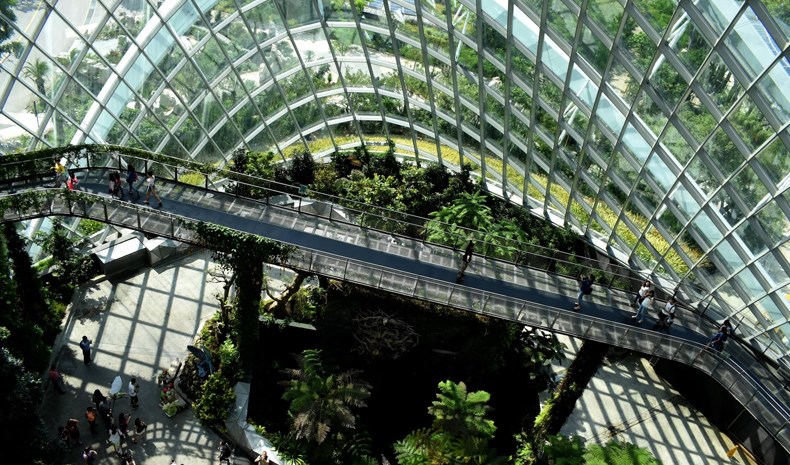Historically, “sustainable” has been a term that simply indicates something can be maintained at a certain rate or level.
But in today’s world where “sustainable” has become a marketing buzzword, how do we know where that “rate or level” sits and that it is being maintained?
Each industry tends to create its own definitions of "sustainable" and the architecture and building materials industry is no different. There are a variety of reputable certifying organizations whose entire purpose is to define, regulate, and guide our understanding of true "sustainability" in the world of architecture and construction.
Here are some of the most important resources to help you in understanding sustainability in architecture.
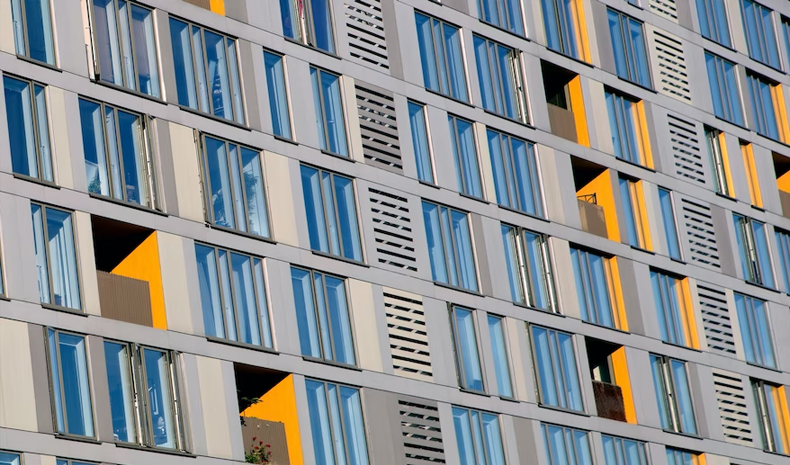
Image source: Unsplash
LEED Certification
Perhaps first and foremost is the U.S. Green Building Council’s LEED rating system. Leadership in Energy and Environmental Design, or LEED for short, is the most widely utilized green building rating system in the US at this time. LEED is a certifying body that provides a framework for efficient, healthy, carbon and cost-saving buildings. With that, LEED certification is globally recognized as a symbol of sustainability.
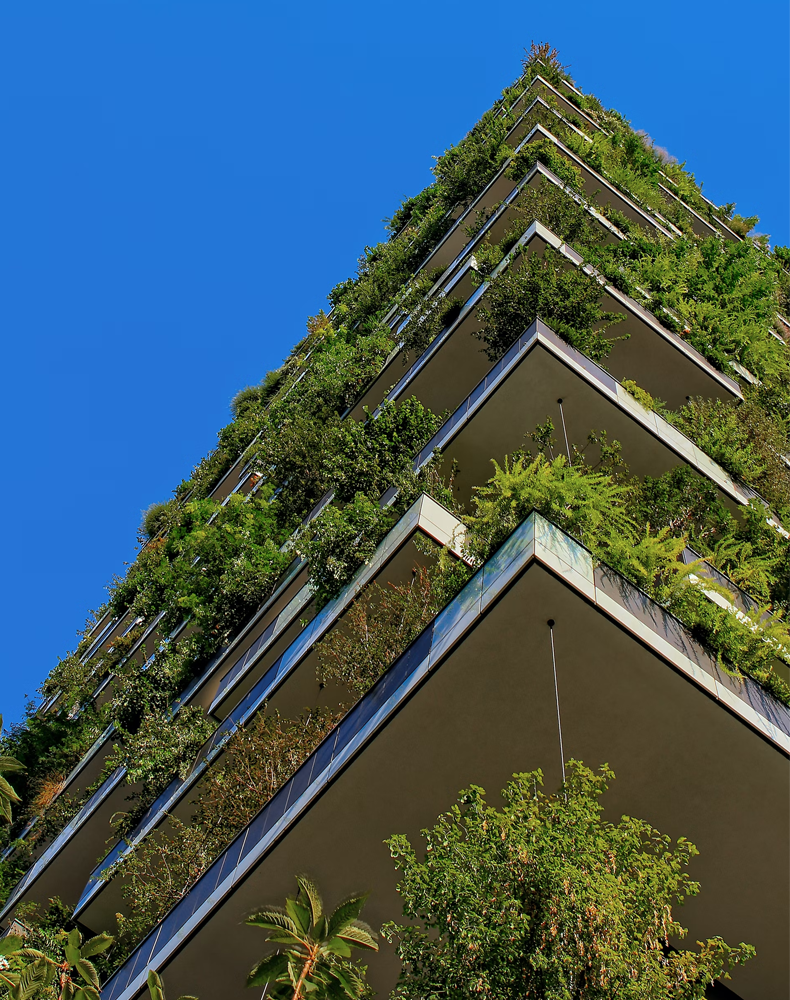
Image source: Unsplash
So what does LEED consider markers of sustainability? Their certifications are based on a points system with various levels of certification offered based on final scores. These points can be achieved in their current categories of carbon, energy, water, waste, transportation, materials, health, and indoor environmental quality. The certification process asks each of the following questions in depth and awards points accordingly:
- • Are there efforts in place to reduce the contribution to global climate change?
- • What about the project enhances individual human health?
- • What is being done to protect and restore water resources?
- • Does the project protect and enhance biodiversity and ecosystem services?
- • Are sustainable and regenerative material cycles promoted?
- • How is the quality of life for the community enhanced?
In short, LEED certification is for projects that save money, improve efficiency, lower carbon emissions, and/or create healthier places for people.
BREEAM Certification
BREEAM is a sustainability standard that originated in the UK and is currently recognized and adopted in 89 countries across the globe. Building Research Establishment Environmental Assessment Methodology, or BREEAM for short, differentiates itself by being a science-based certification system. BREEAM offers various certifications across in-use buildings, new construction, and refurbishment projects.
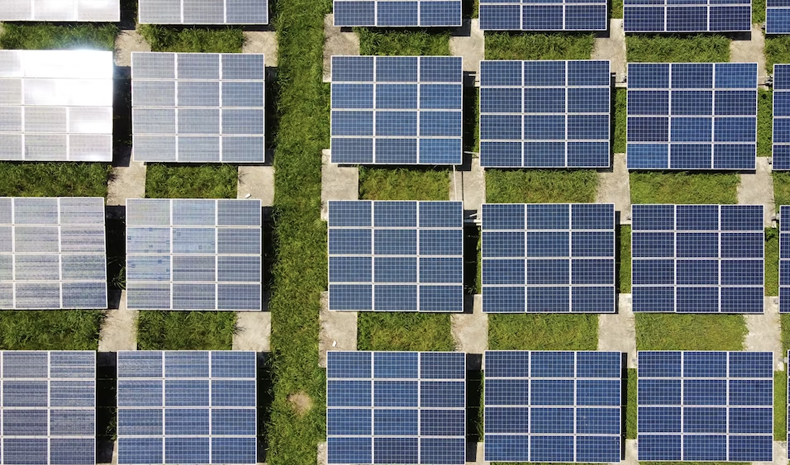
Image source: Unsplash
So what are BREEAM’s “science-based” criteria? BREEAM specifically looks at areas including whole life performance, net zero carbon, health, and social impact, biodiversity, circularity and resilience, and disclosures and reporting. With regards to sustainability, BREEAM would ask questions around:
- • Does new construction follow/meet their defined sustainability best practices?
- • Do planning and development teams consider sustainability at an early stage?
- • Do civil engineering projects pass their Sustainability Assessment?
- • Is the business being conducted in a way that is environmentally and economically beneficial?
- • Are green materials specified?
In addition to these areas, BREEAM offers many resources including their Green Guide to Specification which includes elemental categories and life cycle assessments of specific materials.
Green Globes Certification
Green Building Initiative, or GBI for short, offers the Green Globes certification. Green Globes is positioned as the flexible and affordable alternative to LEED. Unlike LEED, there are no prerequisites for this program and it is a much quicker process that may be completed in as little as 30 days.
The Green Globes assessment and rating system is oftentimes a more attractive option for organizations looking to get started with sustainability certifications for the first time. The Green Globes assessment looks at the three areas of environmental sustainability, health and wellness, and resilience of an individual project or an entire portfolio.
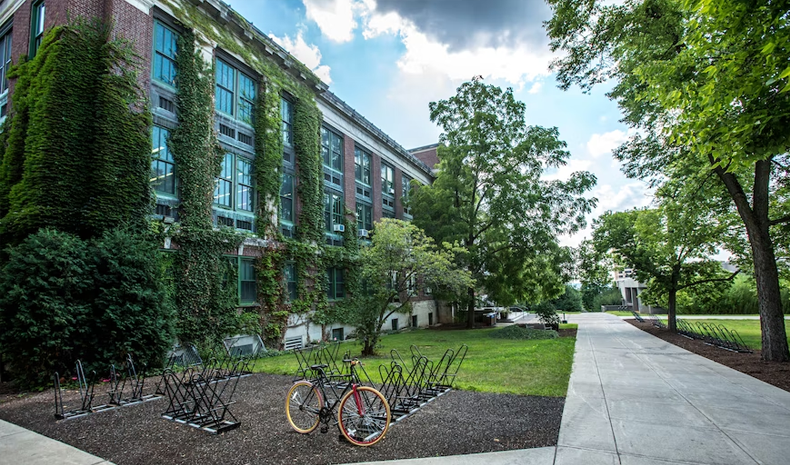
Image source: Unsplash
Part of the reason Green Globes attracts smaller organizations or those just getting started with sustainability initiatives is that they assist in creating a roadmap for improving building performance and reducing climate impacts as part of the assessment. They have a much higher certification rate than LEEDS and other certifying bodies because certification is treated as more of a collaborative process than an achievement to be met with specific markers.
Industry-Specific Options
It is also worth mentioning that there are many various industry-specific options for sustainability certifications. For example, the CHPS (Collaborative for High-Performance Schools) aims to improve student educational experience and performance by constructing positive learning environments.
They’ve written criteria around building healthy, environmentally sustainable, and cost-effective school buildings. Organizations like this exist for various specific industries.
Industry-Spanning Options
With that, there are also various organizations out there that offer certifications across multiple industries. Carbon Neutral for example is a globally-recognized standard for carbon accountability. Their certification is valid for large corporations across industries like home goods, food and supplement brands, retail stores, clothing, beauty, and more.

Image source: Unsplash
Sustainable Building Materials
Most certifications on the market are for building and design projects, not the materials themselves. That being said, the materials chosen will certainly impact the likelihood of certification for the project as a whole. So how do we know if a specific material is sustainable? Turns out, it depends on who you’re asking. However, there are a few general questions we can ask ourselves like:
- • Is it recyclable?
- • Is the resource it is made out of renewable?
- • What is the environmental impact of material production?
- • Is the material sourced responsibly and ethically?
- • How much carbon does the manufacturing process emit?
- • Does the manufacturer offset its carbon footprint in any way?
- • Are manufacturing labor practices ethical?
- • What waste is created in the manufacturing process?
- • Is the product made with any harmful chemicals or solvents?
Many of these questions will be hard to get answers to. Luckily, there are resources out there to make sustainable sourcing more accessible.
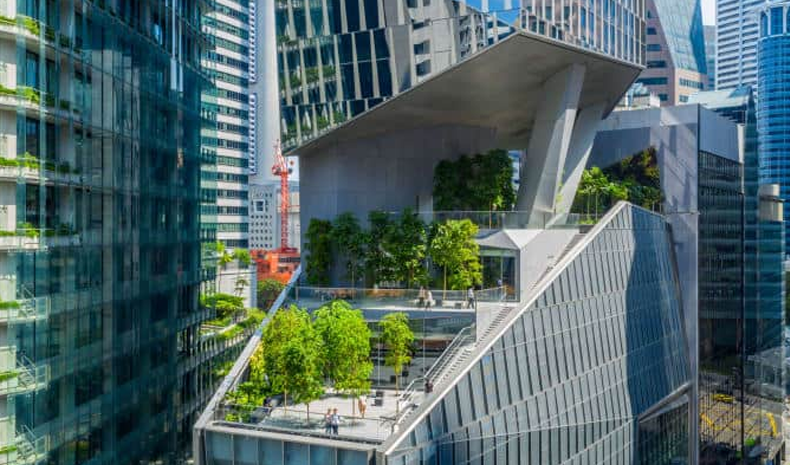
Image source: Artland Magazine
Sustainable Minds ® Transparency Catalog
Sustainable Minds is a tech services company with a mission to easily bring environmental performance into mainstream development and manufacturing. As a part of this initiative, they’ve developed the Sustainable Minds ® Transparency Catalog.
This catalog serves as a glossary of sorts for various sustainability markers. Materials’ product design, life cycle assessments, and environmental systems are all available within their catalog. There are even filters available to only show products that comply with various certifications to make specifying sustainable materials easier than ever.
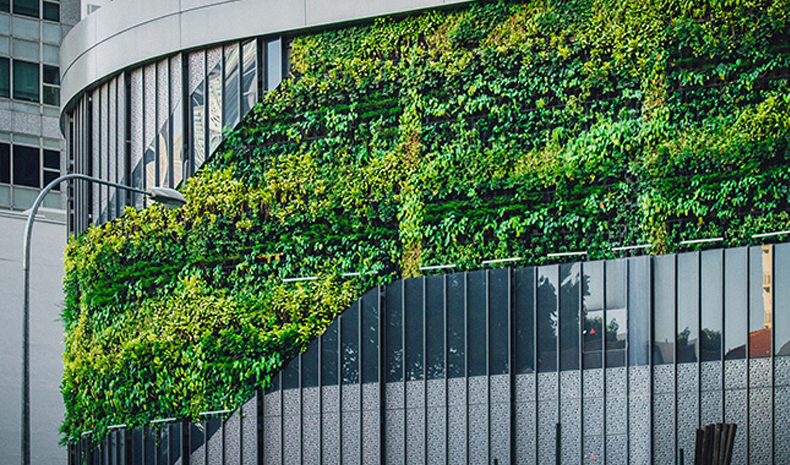
Image source: Archiscene
Getting Clear on "Sustainable"
As time goes on, certifying and regulatory bodies are both getting more specific on what “sustainable” actually means, as well as expanding the definition and considerations. Sustainable building materials are not just defined by what is or is not recyclable, but rather by the whole manufacturing process, environmental and ecological impacts, and even social repercussions. Sustainability can be considered from individual components to entire organization portfolios, and there are certifications out there to fit almost any organization’s needs.
Each certifying body has its regulations on what they consider “sustainable,” and other organizations like Sustainable Minds are making it easier than ever to source building materials responsibly.
Resources:
https://www.usgbc.org/leed
https://bregroup.com/products/breeam/breeam-usa/?infinity=ict2~net~gaw~cmp~17680863038~ag~142358235830~ar~610100280957~kw~~mt~~acr~3626112201&gclid=Cj0KCQjw--2aBhD5ARIsALiRlwCZIiApPNJpPUkLlruiE20kxXasbFK-Zqq0rxzl6FE7Ro6ybZxtwskaAszIEALw_wcB
https://bregroup.com/expertise/sustainability/
https://tools.bregroup.com/greenguide/page.jsp?id=3612
https://thegbi.org/green-globes-certification/why-green-globes/compare?gclid=Cj0KCQjw--2aBhD5ARIsALiRlwAdEjmIXtUIXHMGMVa0cmamD3nClPnXxYAQ_Y6YegbxI8qpGQ-nsq4aAoo-EALw_wcB
https://transparencycatalog.com/search?number=10788&q=
 Swatchbox is a premier sample fulfillment service for building product manufacturers. With proprietary software designed by insiders of the design community, Swatchbox helps manufacturers improve product sales and brand affinity by delivering material samples to the design community with speed, intelligence, and style. Learn more and join Swatchbox at www.swatchbox.com.
Swatchbox is a premier sample fulfillment service for building product manufacturers. With proprietary software designed by insiders of the design community, Swatchbox helps manufacturers improve product sales and brand affinity by delivering material samples to the design community with speed, intelligence, and style. Learn more and join Swatchbox at www.swatchbox.com.



